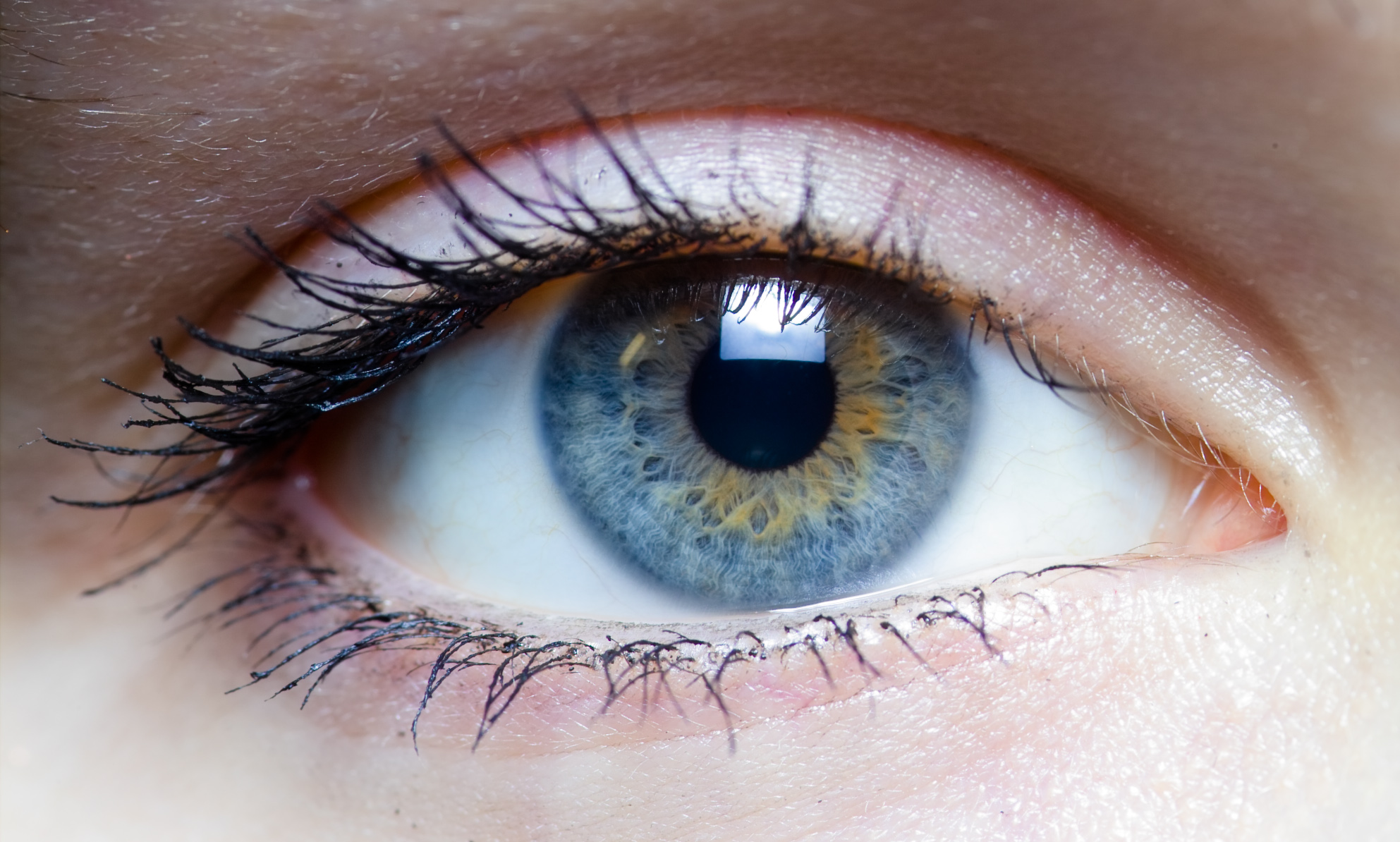Any competitive athlete, and many non-competitive athletes,
or people who just want to have the best body possible will understand their
lure. In the arena of competition, there is a fear that if you do not have
their help, you will not have a reasonable chance of winning, thinking that
most of the competition is making use of them. Once you start on the path, they
can be very addictive. Not addictive in the biochemical sense, where your body
will suffer from painful and possibly dangerous withdrawals if you try to quit
immediately. Their addiction is purely psychological. However, it is real
nonetheless. The experience of loss of progress and diminished capability can
be a powerful incentive to draw yourself back to them. On the other end, their
high and rush is also equally psychological. It will not give you a biochemical
high like heroin or cocaine, but that of personal pride and accomplishment.
Breaking through personal plateaus, and the plateaus of others, is certainly a
strong motive for not stopping. But the price to be paid in the end, the bill
that may come due usually makes it not worth it in the end.
Winstrol, scientifically known as stanozolol. This is a popular anabolic steroid used by athletes, especially bodybuilders and weightlifters.
Author
Nuklear, under the Creative Commons Attribution-Share Alike 4.0 International license.
This description speaks of course, to anabolic steroids.
While in the short term, they appear to be your friend – resulting in increased
lean body mass, rapid and enhanced improvement in strength, speed, and overall
athletic capabilities, their dark side has the potential to be just as
catastrophic as that of hard narcotics, up to, and including premature loss of
life.
Most anabolic steroids are alcohol compounds that are
derivatives of testosterone, the primary male sex hormone. In fact, synthetic
testosterone is also used as an anabolic steroid. They are meant to, and very
effectively mimic the function of testosterone, as many users and former users can
attest. However, as useful as they are for boosting athletic performance, they
wreak havoc on many of your internal organs, as well as the skin. They
potentially also are personality altering; many people become aggressive to the
point it gets them in trouble with the law. Today, we will focus primarily on
its effects on the heart.
To summarize in the shortest of terms, the heart is
essentially a muscular organ whose sole function is to pump blood through the
body. Since it has muscle tissue, one may think that the application of
anabolic steroids would strengthen it as well. However, steroids primarily
enhance the skeletal type of muscle. Cardiac muscle tissue is of a different
type. Many studies have shown that anabolic steroids actually weaken the heart
on multiple fronts.
High levels of steroids have been positively connected to
the enlargement and atrophy of the left ventricle. As noted in this study, the
left ventricle ideally is responsible for 55 to 70 percent of the filling of
the heart with blood on each pump. The taking of steroids enlarges the left
ventricle and also reduces its strength and efficiency. Long term steroid use
has been connected with a 50 percent or more loss of left ventricle operation. If
the ventricle has a reduced pumping output, it means the heart has to constantly
work harder to pump the necessary blood through the body. The result of this,
of course, is chronically higher blood pressure.
In addition to raising the risk of sudden cardiac arrest,
an impaired left ventricle also markedly increases the likelihood of congestive
heart failure. If enough blood can repeatedly not enter the ventricle, it becomes
backed up into the lungs.
In the realm of athletic competition, steroid use first
entered into the bodybuilding arena. Their use has been recorded since the
1960s. It is indisputable that regular weightlifting has a host of benefits for
muscles, bones, overall health, and is beneficial for the heart. Yet, premature
mortality rates among bodybuilders are higher than the general population. Of these
deaths, heart disease such as sudden myocardial infarctions are the most common cause.
There is more bad news. People who have abused steroids for
a long period of time have been shown to have lasting negative effects years
after they cease to take steroids. Many researchers are beginning to look into
whether the damage may be irreversible. Hence, it is probable that the longer
you continue to abuse steroids, the more permanent damage you will do to your
heart along with its main vessels, both shortening your life, as well as
lessening the quality of it as you age. The aging process can play its own role
in weakening the heart, making one prone to less elasticity of the vessels and
arteries, as well as partial blockages. When combined with steroid damage, it
makes premature mortality substantially more likely.
Lift weights. Train hard. Get as strong and fast as you
possibly can. Compete. But do not resort to the taking of steroids. In
medicine, steroids can at times serve a valuable function for certain
conditions. However, the doses in which athletes take them to achieve the enhanced
results exceed the amounts used in therapeutic medicine by at least a factor of
ten, and sometimes as much as a factor of 50. Winning a competition is not
worth the disastrous complications that steroids will eventually wreak on your
body.
